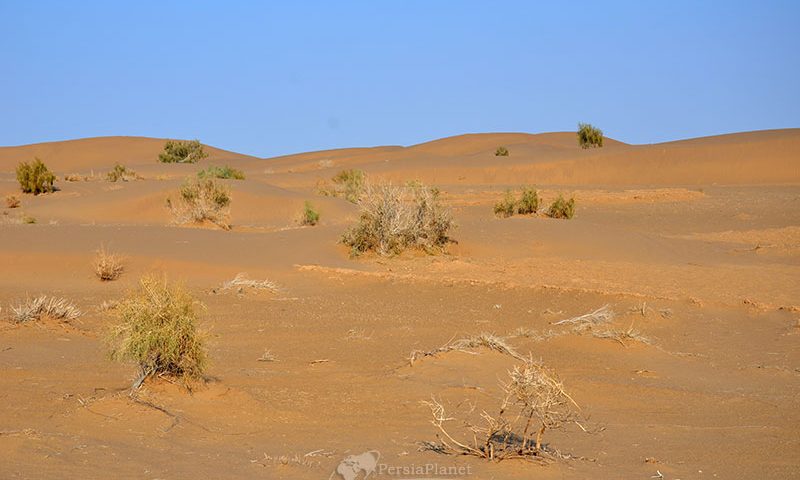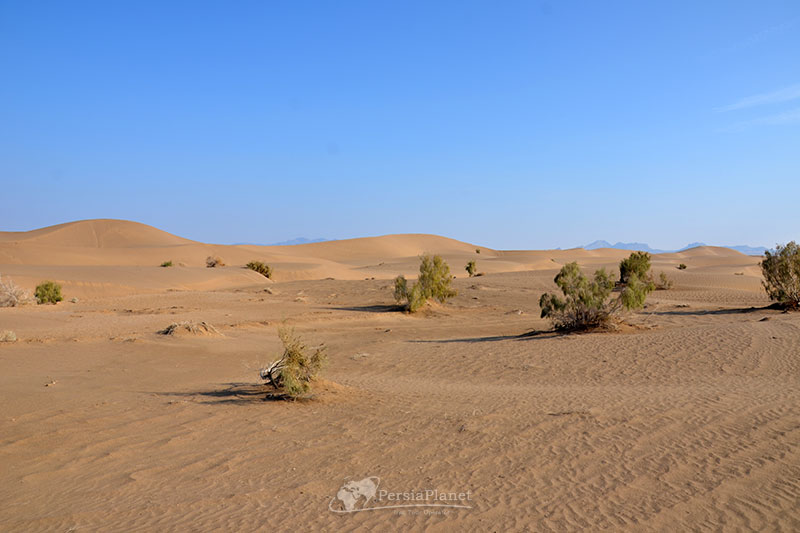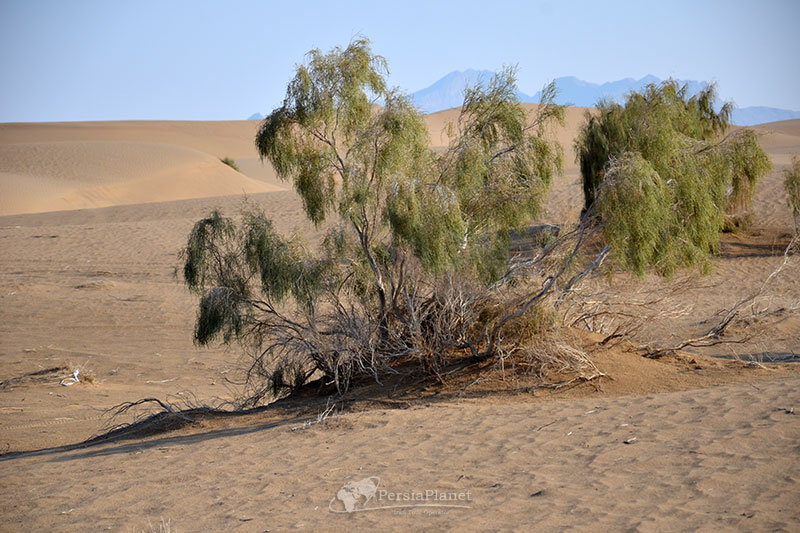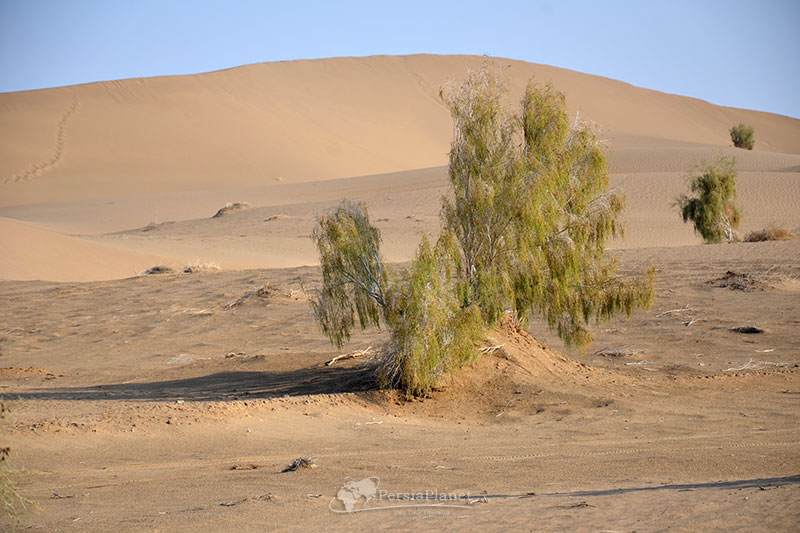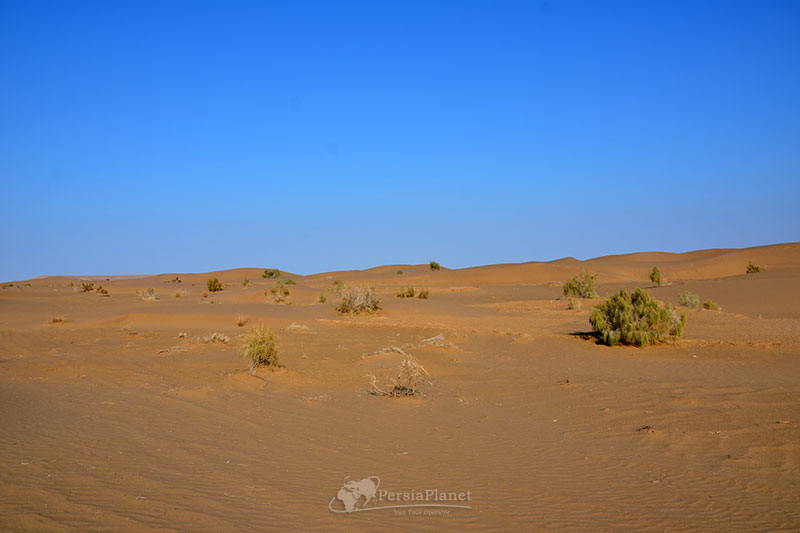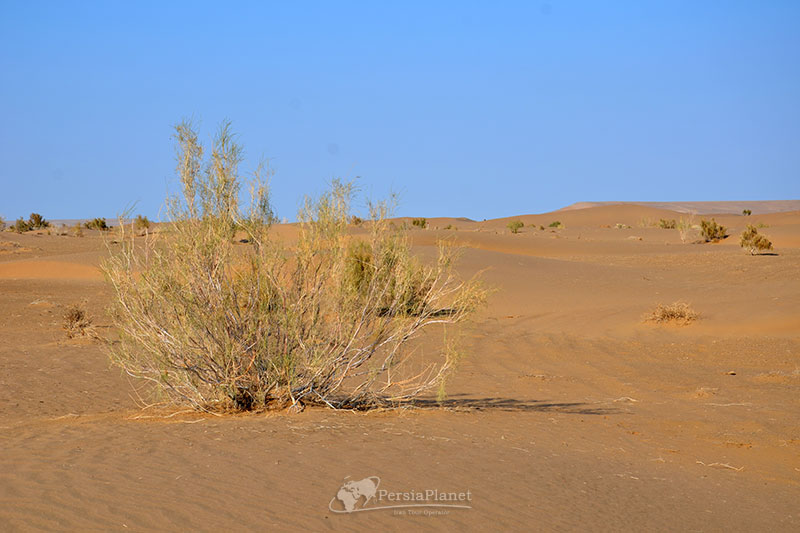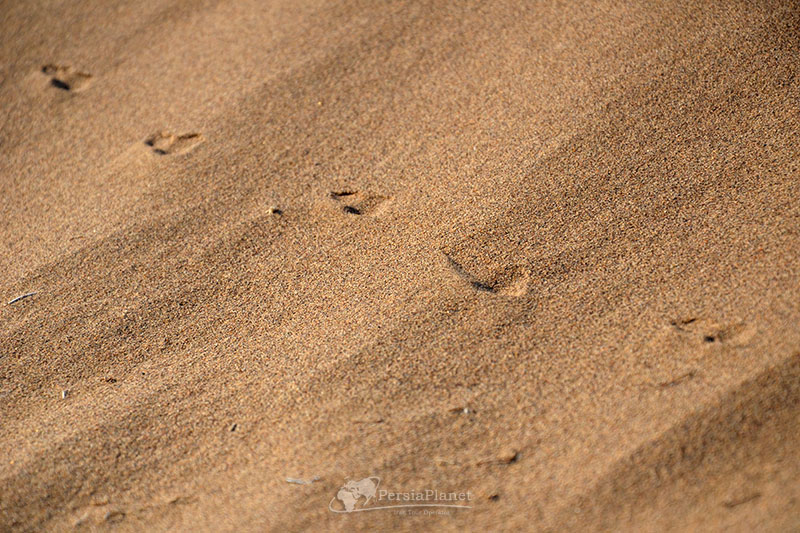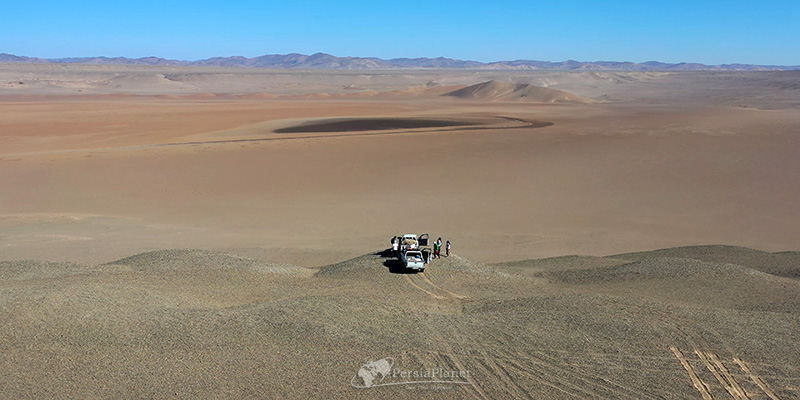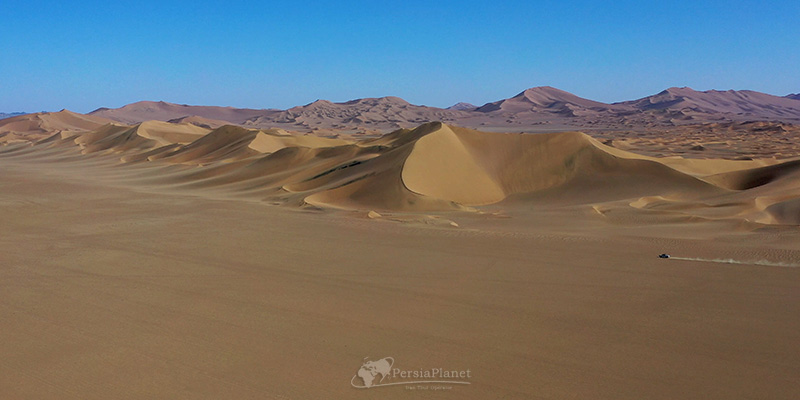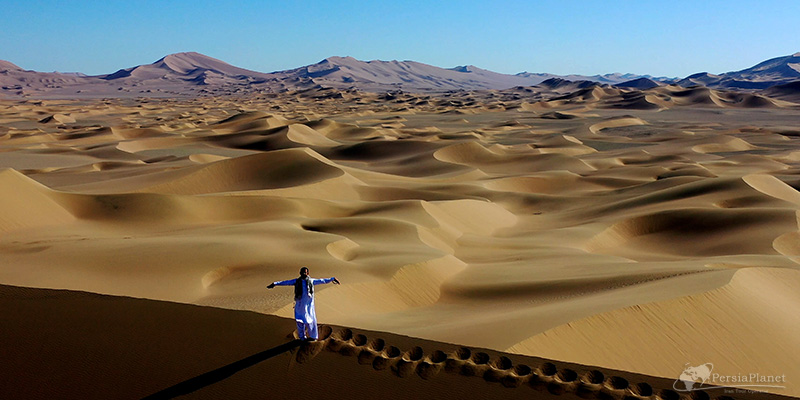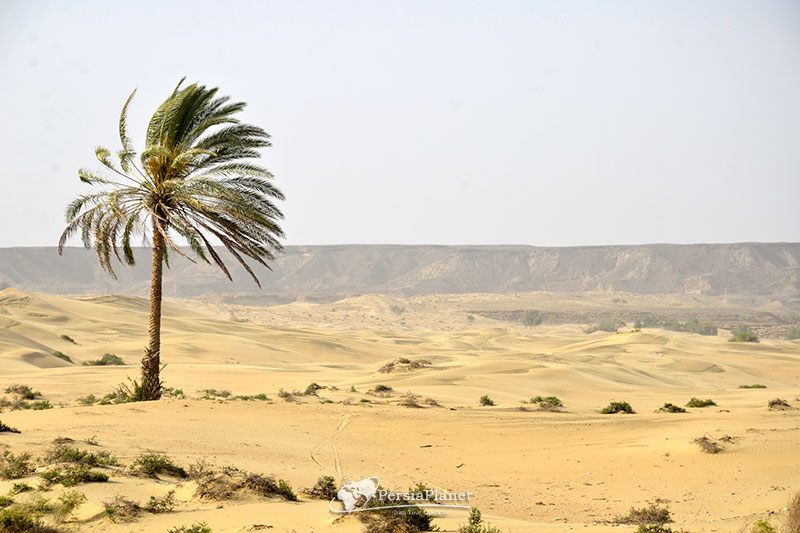Takht-e-Arous Desert

Chal Selkanun
September 19, 2020
Ezmighan village
September 19, 2020Takht (Throne) in desert areas are places that have a higher height compared to the surrounding land and their highest point is like a flat Throne. In the past, these flat places have been used as a natural guide to find directions and orientation. That is, in areas where there are generally no fixed and reliable tolls to detect the route, the existence of such points was of great value and it was given special names.One of these beds is located in the north of the Khor and Biyabank area, near the village of Mesr, which is known as the Takht-e Arous.
In the culture of desert dwellers, Arous (the bride) is a symbol of beauty and the reason for naming this area as the Takht-e Arous (bride’s throne) is the presence of beautiful scenery on the top of this throne. There are other symbols of the Arous‘s name in this area, among which we can mention the village of the Arousan, which is referred to as a beautiful desert village.
Of course, there are other narrations about the naming of this area. For example, it is said that one day Shah Abbas (King) was hunting with his servants in this area and he was delighted with the beauty here and he or one of his companions chose this name. In any case, what is clear is that this name was given to it because of the beauty of this area.
Takht-e Arous is one of the most beautiful desert areas in Iran. Above the Takht-e Arous in the southern view are the sand dunes, Chal Selkanun and the village of Mesr. In the northern view, the vast hills of the famous quicksands of a black desert, the Takht-e Shur in the northwest, if the weather is clear, the mountains of Damghan, and the swamps of the central desert can be seen. There are very high sand dunes in the western part of the Takht-e Arous.
The vegetation of the Takht-e Arous is often saline plants such as arches. The spectacular scenery of the Takht-e Arous is so original and beautiful that it fascinates every viewer. To reach the Takht-e Arous, you have to move north from the Mesr village. After passing Farahzad village, he entered Chal Selkanun crossroads and after a distance of about 3 km, he reached Chal Selkanun. In this part, you have to cross several sand mounds. After crossing the sand wall of Selkanun salt lake and Takht-e Abbasi are visible in the eastern part. Continue north until you reach the Takht-e Arous after 6 km and crossing 2 holes.
Mehdi Gholami.

